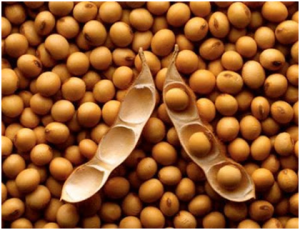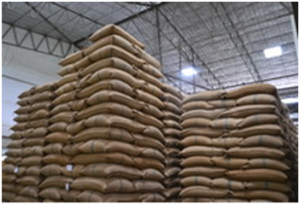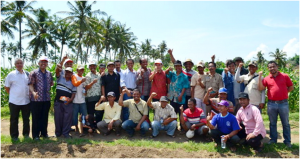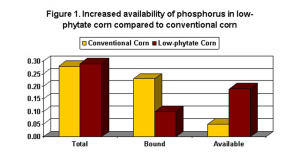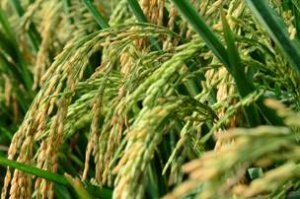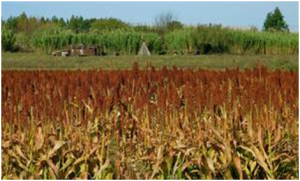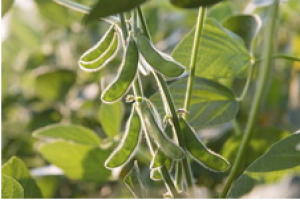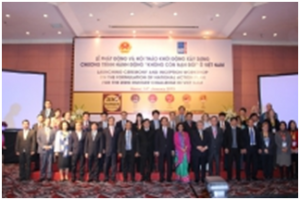|
Scientists engineer powerful weapon against antibiotic-resistant bacteria
Wednesday, 2018/09/26 | 07:56:13
|
|
Dreaded diseases such as meningitis, pneumonia, and deadly diarrhea have been a struggle to treat because the gram-negative bacteria that cause them have double cell walls with an outer membrane that is particularly difficult for drugs to penetrate and resistance to such compounds is soaring.
Now, a team of scientists has created a compound that can breach these bacterial outer membranes. A team led by Peter Smith at Genentech in South San Francisco, California, began with a class of natural compounds called arylomycins. Smith and colleagues chemically modified an arylomycin to "systematically optimize" it such that the drug could more easily reach the inner membrane. They created the molecule called G0775, which is at least 500 times more potent than a naturally found arylomycin against some of the biggest gram-negative bacterial threats to humans, including Escherichia coli, Klebsiella pneumoniae, Pseudomonas aeruginosa, and Acinetobacter baumannii. G0775 remained potent against all 49 isolates of multi-drug resistant forms of these bacteria from patients. When tested against a notoriously drug-resistant strain of K. pneumoniae that has defied 13 different classes of antibiotics, G0775 defeated the bacterium in lab dish experiments.
For more details, read the news article in Science.
Figure: Gram-negative bacteria like the Klebsiella pneumoniae shown here have an outer membrane that makes them impervious to many drugs, but a new compound from Genentech can breach the border and cripple them. SCIENCE PHOTO LIBRARY/ALAMY STOCK PHOTO |
|
|
|
[ Other News ]___________________________________________________
|


 Curently online :
Curently online :
 Total visitors :
Total visitors :
(66).png)





